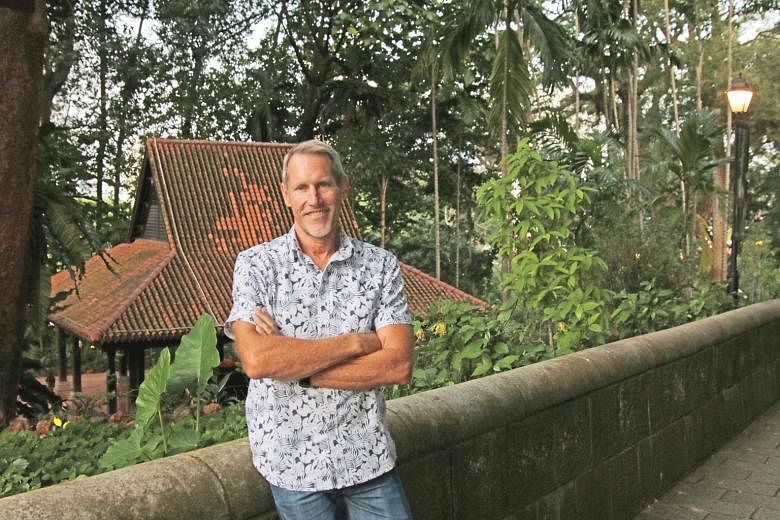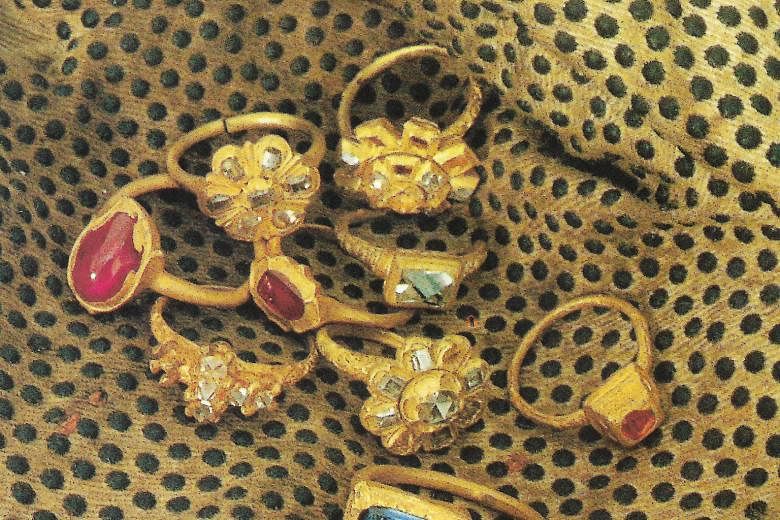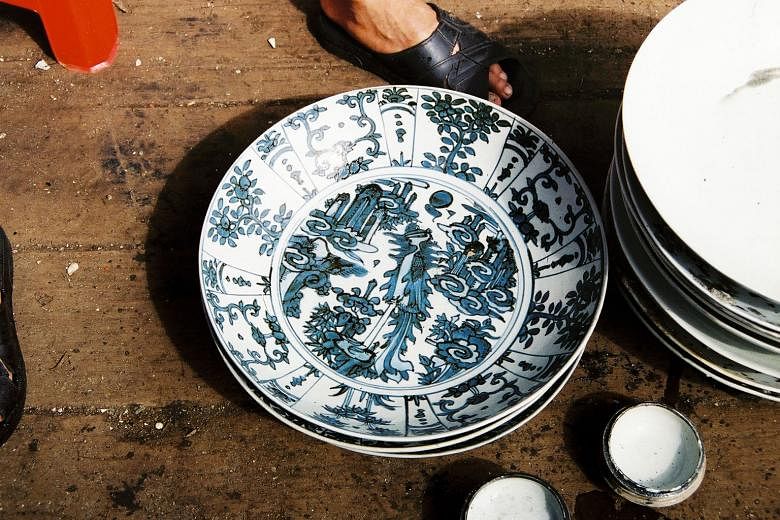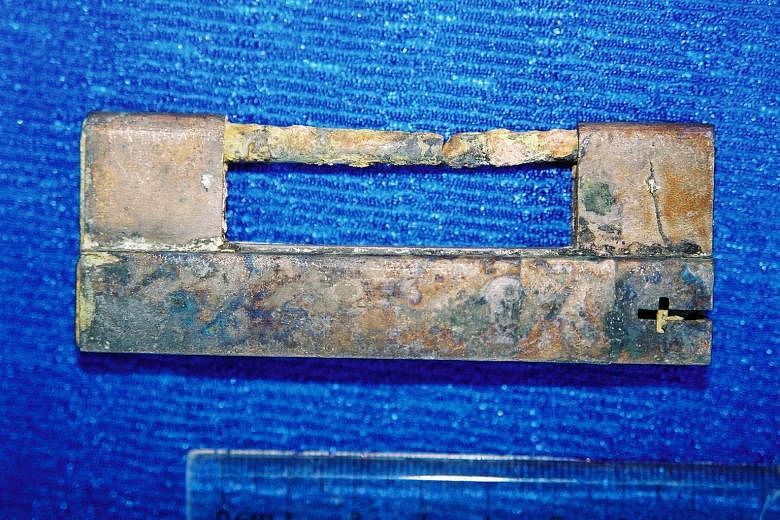The harbour master of 17th century Singapore could have been using a China-made cast iron wok for his mee goreng.
To keep insects and rain out of his wooden hut, he also could have had glass panels, which the Dutch were selling, installed in his windows. He could have had a Dutch-made mirror for grooming himself as well.
Already a subscriber? Log in
Read the full story and more at $9.90/month
Get exclusive reports and insights with more than 500 subscriber-only articles every month
ST One Digital
$9.90/month
No contract
ST app access on 1 mobile device
Unlock these benefits
All subscriber-only content on ST app and straitstimes.com
Easy access any time via ST app on 1 mobile device
E-paper with 2-week archive so you won't miss out on content that matters to you





